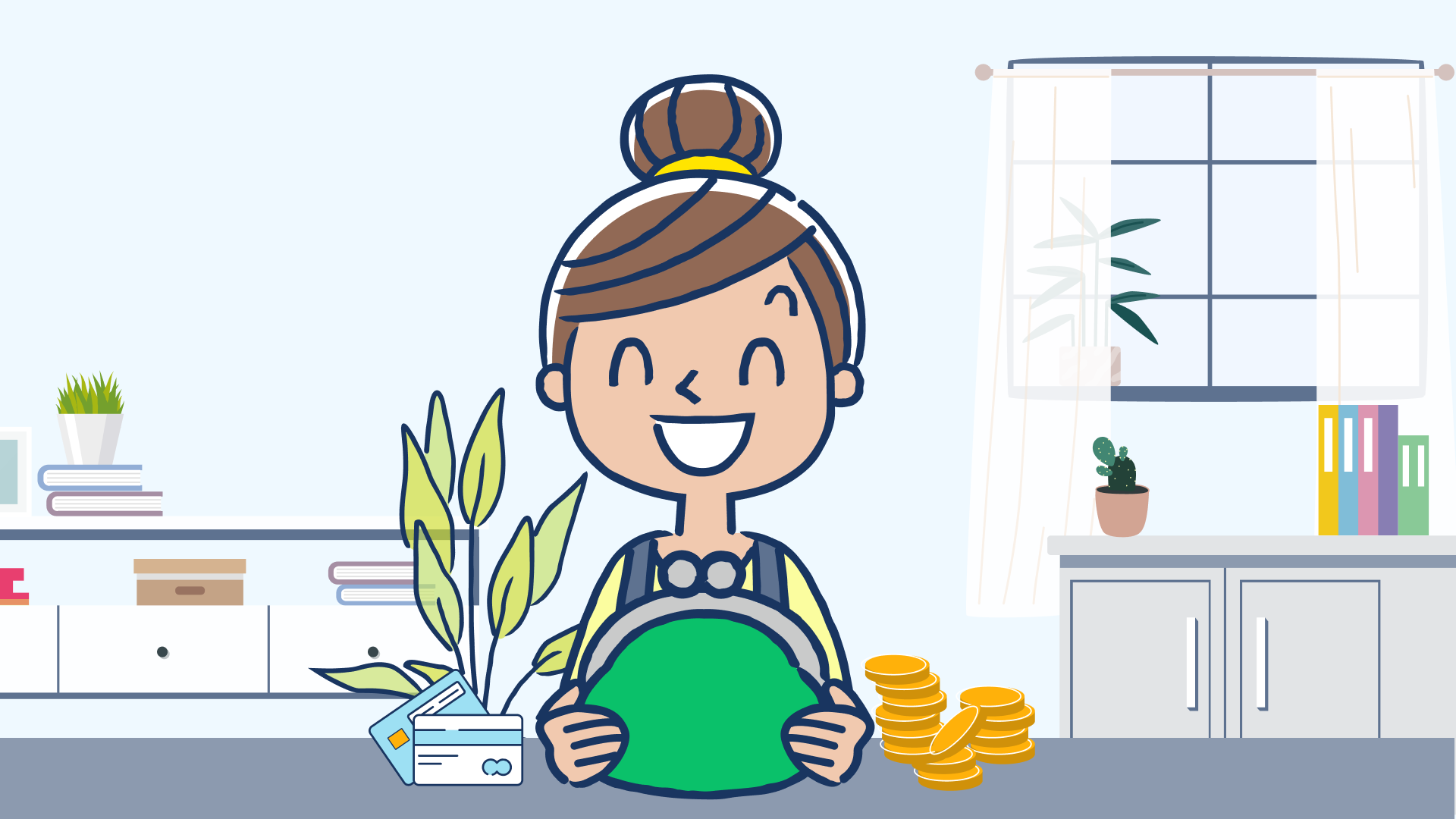Time to read : 3 Minutes
What Really Happens If You Save One Dollar A Day?
You might have seen the steady stream of Tik Tok videos of so-called financial experts spruiking what the benefits of saving or investing one dollar a day might be, or what happens if you paid one dollar a day extra on your mortgage.
When it comes to advice found online, applying some critical thinking is always recommended.
Not all of those people with a Tik Tok account have their numbers correct.
But … any amount of money that can be saved or invested has the potential to return more money.
What happens if you put $1 a day into your bank account?
The answer to that question depends on interest rates or rates of return.
With no interest involved, putting one dollar a day into a bank account (or a jar at home) will see you end up with $365 in a year.
Multiply that amount by 30 years and you’ll end up with $10,950.
Now let’s factor in an interest rate of just 1%.
If you deposited one dollar a day for 30 years, that $10,950 would earn interest of $1791 over 30 years, giving you a grand total of $12,593.
Bump that interest rate up to 3% and it makes a significant difference.
Over the same period of time, that one dollar a day will earn $6690 in interest over 30 years and you’ll end up with $17,492.
If you manage to secure a 5% interest rate, your 30 years of adding one dollar a day will earn you $14,186 in interest, with the end result tallying $24,989.
See, compound interest is your friend.
But with other ways to invest a dollar a day, your results can be even greater.
What happens if you invest $1 a day?
The Standard and Poor's 500 (known as the S&P 500) is a stock market index that tracks the stock performance of 500 of the largest companies listed on the United States stock exchange. It’s one of the world’s most commonly followed equity indices.
The history of the S&P 500 shows an average annualised return of almost 12% since it started decades ago. To simplify, let’s work with a 10% annual return on your one dollar a day over 30 years and you will end up with a whopping interest profit of $57,124 – and a grand total of $67,926.
The bottom line
Doing something with your money can make you more money. Even locking it away in a bank account out of reach at a low interest rate helps you save, because you don’t have it in your pocket to spend on that second cup of coffee you really don’t need.
And, yes, 30 years might seem like a long time away. But you will be 30 years older before you know it. When you eventually get there, life could be sweeter with some extra savings.
Even if you don’t think it will make much difference to your own retirement planning down the track, it can be a cute (and productive) way to set savings aside for your children or grandkids.
Go deeper:
How to save money with your spare change
A Guide to Buying Your First Home
